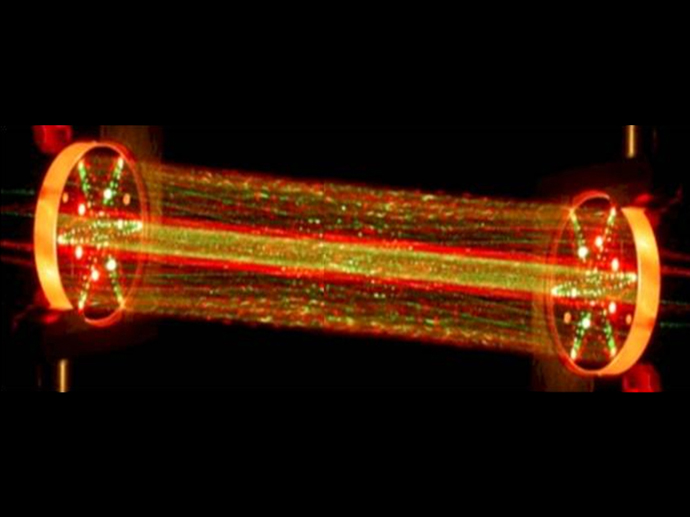Why the latest news from the Mars Curiosity rover is bumming out science
Is Mars just a dead, red rock after all?

It's looking increasingly likely that there are no little green men, or even little green microbes, on Mars.
That's the depressing conclusion of the latest data from NASA's Mars Curiosity rover, which found no trace of methane — a gas that is considered a possible indicator of microbial life — as it trundled across the red planet over the past year.
While the lack of methane doesn't totally rule out the possibility that some form of primitive life may be lurking on present-day Mars (there are some microbes on Earth, for instance, that don't produce methane) it punts the idea back to the realm of scientific supposition, without any hard evidence to support it.
The Week
Escape your echo chamber. Get the facts behind the news, plus analysis from multiple perspectives.

Sign up for The Week's Free Newsletters
From our morning news briefing to a weekly Good News Newsletter, get the best of The Week delivered directly to your inbox.
From our morning news briefing to a weekly Good News Newsletter, get the best of The Week delivered directly to your inbox.
Scientists have long suspected that Mars was warm, wet, and hospitable to life when it was a relatively young planet, some three and a half billion years ago. Indeed, the very first rock Curiosity excavated from beneath the Martian surface contained hydrogen, carbon, oxygen, and nitrogen — the key building blocks of life.
And the latest findings, published in the journal Science, don't discount the idea that the planet was once habitable. Methane molecules break down over a few centuries, so any methane in the air from Mars' primordial youth would have disappeared a long time ago.
Over the past decade, however, probes orbiting Mars, as well as telescopes on Earth, detected what appeared to be plumes of methane gas rising from the Martian surface. Those findings triggered a surge in scientific interest about the possibility that life may still be present on Mars, since microbial organisms on Earth produce 95 percent of atmospheric methane. The fresh data from Curiosity brings those earlier studies into question, and suggests that Mars may just be a red, dead rock.

But some scientists believe the methane, and the microbes, might simply be hiding. At locations on Earth where methane leaks from the surface, scientists can detect large volumes of methane right next to the plumes, but almost none when they move away from the vents.
A free daily email with the biggest news stories of the day – and the best features from TheWeek.com
"It's difficult to know whether the null measurement from Curiosity has to do with being in the wrong place at the wrong time or whether it is representative of Mars," imaging physicist Jan-Peter Muller of University College London, who is a Curiosity team member, told Charles Choi of Space.com.
Christopher R. Webster of NASA's Jet Propulsion Laboratory, who is the lead author of the paper in Science, dismisses the idea that the Curiosity rover might just have missed a methane plume. "The lifetime of methane of Mars is very long, about 300 years, compared to the short mixing time — months — for the whole atmosphere," he told Choi. "So we feel our measurement does represent the global background value."
Others still hold out hope that future studies will discover the elusive source of those methane plumes. Robert Zubrin, president of the Mars Society — a nonprofit group dedicated to the planet's exploration and colonization — is convinced Martian life is thriving in as-yet-undiscovered underground aquifers.
"If [Curiosity] had found methane, that would have been killer," Zubrin told Kenneth Chang at The New York Times. "Yes, it's disappointing that we didn't get a pony for Christmas. But it doesn't mean there aren't ponies out there."
Theunis Bates is a senior editor at The Week's print edition. He has previously worked for Time, Fast Company, AOL News and Playboy.


